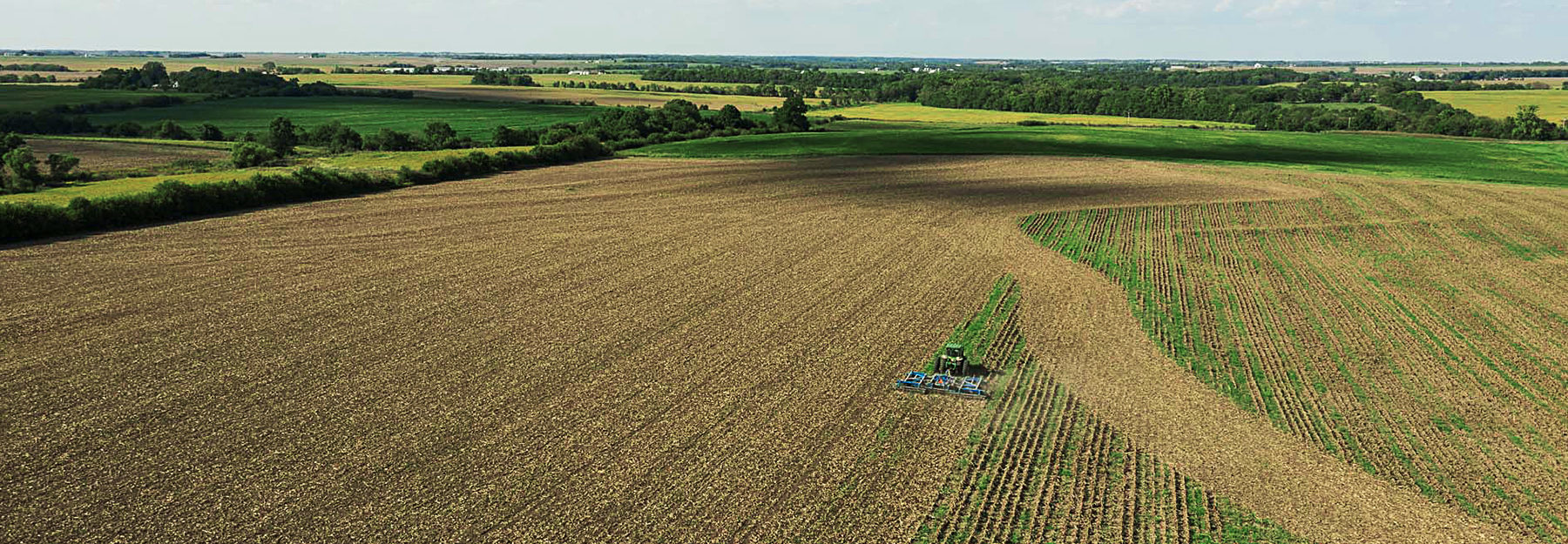
Connectivity
What is connectivity?
Think of connectivity as the communications infrastructure that allows farmers to run their operations. Effective rural broadband is necessary to allow modern farmers to operate sustainable and efficient farms.
Why is it important?
Contemporary agriculture is more sustainable than ever, in large part due to a collection of practices known as precision agriculture. Today’s farmers gather immense amounts of data, which is then analyzed by a range of platforms and apps, which create prescriptions for everything from fertilization to the number of seeds planted per acre. Access to the internet, at the highest possible speed, has never been more important for farmers or the environment.
Sadly, the reality falls short of this ideal for too many farmers. A USB survey recently found that 60% of farmers lack adequate connectivity to run their operations. In addition, only 32% consider their office access reliable, and 78% can’t switch to a competitor if they’re dissatisfied.
The consequences of unreliable internet access touch almost every part of farming operations. Things like purchasing supplies, software updates, banking, billing, marketing, current weather data and general improvements to the farm are all affected. Throw in the connectivity required to upload data to precision agriculture platforms, and some farmers lag their peers by almost a generation.
The soy checkoff realizes how important this issue is, so the organization partnered with the Benton Institute for Broadband & Society to commission a report to better understand the scope of the problem and recommend an appropriate policy response.
The report delivers 15 clear recommendations for agricultural and communications decision makers. Among the most important are the adoption of higher performance standards, building out deep fiber networks in rural America and pursuing symmetrical connectivity.
Symmetry in broadband means that upload and download speeds are identical. While the typical consumer or small business expects high download speeds, farmers rely on upload speed for data transfers, an incredibly important component of their operations.
What is happening now?
Current policy efforts are primarily focused on incentives to expand fiber-based broadband, generally considered to be the best solution to help meet the needs of farmers and the broader public.
At the moment, cooperatives are carrying a heavy load in the effort to supply farmers with fiber broadband service. But to meet the needs of all farmers, the soy checkoff is supporting the adoption of 100/100 Mbps speed performance standards.
Further efforts include checkoff-supported work to improve clarity on easements and right of way, as well as recommending the establishment of public, open-access, middle-mile networks that can help private providers improve service and costs for final-mile broadband service.
Key messages
- Sixty percent of farmers lack adequate connectivity to run their operations. Only 32% consider their office access reliable, and 78% can’t switch to a competitor if they’re dissatisfied.
- Improvements in rural broadband connectivity have the potential to greatly benefit the $1 trillion agriculture and food industry.
- 100/100 Mbps “symmetrical” service should be the standard download/upload speed for farm operations and rural communities.
- Connectivity means sustainability. The internet, data analytics and precision agriculture add up to fewer inputs and less impact on the environment.